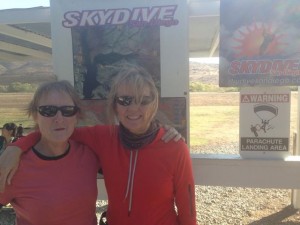10 Motorcycle Highlights of Joshua Tree and Area
Holiday reprints of moto travel highlights of 2013.
This fall I had the opportunity to take a continuing education course to further develop my energy healing practice. Holding it in Joshua Tree, California, in the middle of the Mojave Desert was a selling point. Having Carla King offer me the use of her motorcycle for a week sealed the deal. Visiting with Carla and Jonathan was the icing on the cake!
You don’t have to go very far inland in Southern California until you’re in the desert and a landscape different than any I’ve experienced. Although I’ve ridden through them, this is the first time I’ve actually camped in a desert for a week and it was wonderful!
Joshua Tree National Park and the town of Joshua Tree both reside within the larger Mojave Desert.
10 Motorcycle Highlights of Joshua Tree and Area
- The Joshua Tree. These distinct wild-armed trees which grow here are actually a yucca plant with waxy, spiny leaves, on stems that grow over 40 feet tall. The tree is as practical as it is fascinating, with its tough leaves used to make baskets and sandals, and raw or roasted flower buds make a healthy addition to the diet.
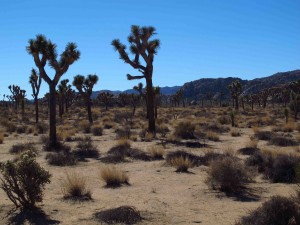
- Cacti. At least 14 varieties of cacti or succulents call Joshua Tree State Park home. They’re an integral part of the fragile ecosystem that keeps the desert alive.
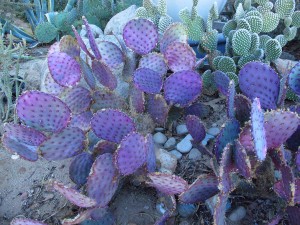
- Canyon carving. To get to the desert, you need to cross mountains. That means canyons, drop-offs and lots of curves. Given the well-maintained roads, they’re a delight to ride.
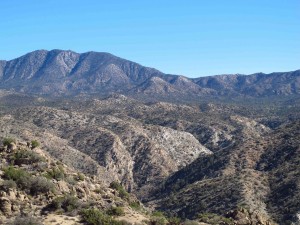
- The view. The western half of Joshua Tree National Park sits at an elevation of 3,000 feet and rises from there. At 5,185 feet, Keys View overlooks Palm Springs, the Indio Hills and Coachella Valley.
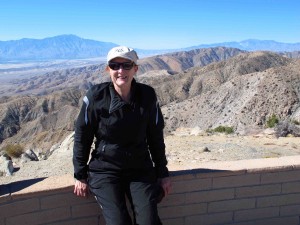
- San Andreas fault. I had no idea this famous sliding plate between two techtonic plates was so distinctive. The dark line you see running down the valley and across the picture is the fault line. What you can’t see in this photo is the different rocks, about 28 million years old and from great distances which are juxtaposed against rocks from very different locations and origins. The San Andreas Fault

- Pristine silence. The silence is an illusion. Sit quietly and you’ll hear birds, the whispering breeze and the voices of nature.
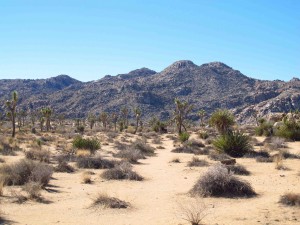
- Rock piles. Huge rock heaps lie scattered across the landscape. They began underground eons ago as a result of volcanic activity, and rose in a molten state, above the earth’s crust. As it cooled, cracks formed, creating the effect of a messy toy room.
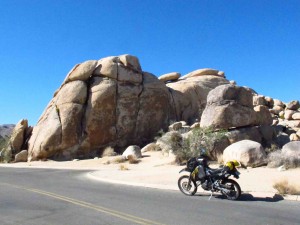
- Cool rocks. It’s easy to see why this is called Skull Rock. Its distinct features were formed as wind, temperature extremes and rain sculpted the rock.
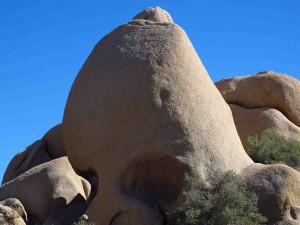
- Camping in the desert. The grounds on which the course was held included a camping area. I lucked out with the best spot, tucked in the trees, protected from wind and sun. It was reassuring to know that snakes were in hibernation mode.

- Friends. Spending time in study, nature and riding are all worthy ways of spending precious time. Being with friends is a treasure that rises above all of that. Thank you Carla and Jonathan.
